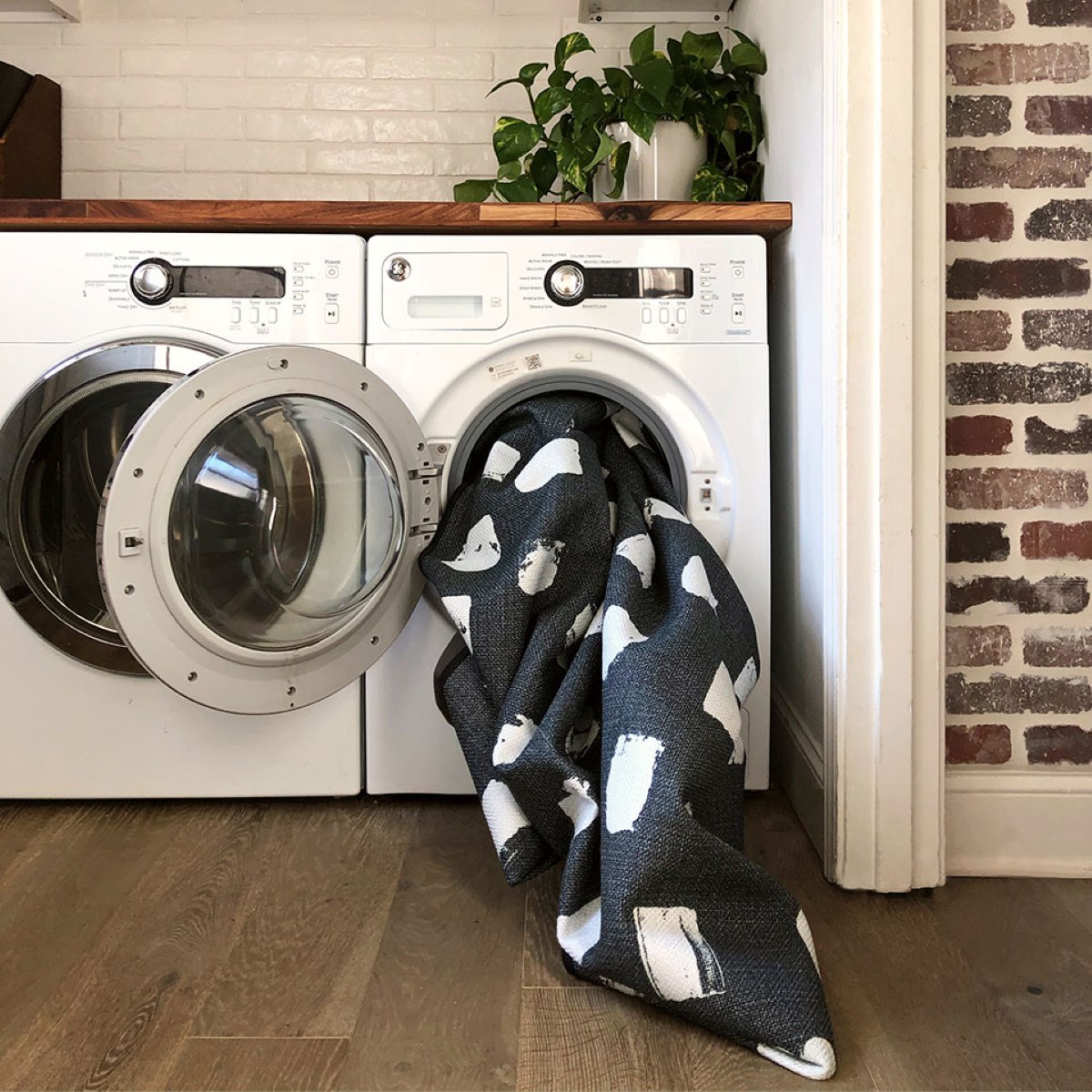

Articles
How To Wash Rugs In Washer
Modified: October 18, 2024
Learn how to wash rugs in the washer with our comprehensive articles. Find step-by-step instructions and expert tips for a clean and hassle-free rug washing experience.
(Many of the links in this article redirect to a specific reviewed product. Your purchase of these products through affiliate links helps to generate commission for Storables.com, at no extra cost. Learn more)
Introduction
Washing rugs can often be a daunting task, especially if you have never done it before. However, with the right knowledge and tools, you can easily clean your rugs in a washer and achieve impressive results. Washing rugs in a washer is a convenient and efficient way to remove dirt, stains, and odors, leaving your rugs looking fresh and rejuvenated. In this article, we will guide you through the process of washing rugs in a washer, from preparing the rug to selecting the right detergent and running the wash cycle. So, let’s dive in and discover the steps to effectively wash your rugs in a washer.
Key Takeaways:
- Conveniently wash rugs in a washer by preparing, choosing the right machine and detergent, and setting the appropriate wash cycle. Proper drying and maintenance ensure clean, fresh, and long-lasting rugs for your home.
- Prioritize rug care with proper preparation, gentle detergents, and thorough drying. Regular maintenance and professional help for delicate rugs ensure clean, revitalized, and well-preserved rugs in your living space.
Read more: How To Clean Rugs With Pressure Washer
Preparing the Rug for Washing
Before you start washing your rug in the washer, it’s important to prepare it properly. Begin by checking the care label on the rug to ensure that it is safe to machine wash. Some rugs may have specific instructions that require hand-washing or professional cleaning. If the care label allows for machine washing, follow these steps to prepare the rug:
1. Shake or vacuum the rug: Start by shaking or vacuuming the rug to remove loose dirt, dust, and debris. This step will prevent the washer from getting clogged and ensure a more effective wash.
2. Treat stains or spots: If you spot any stains or spots on the rug, pre-treat them before washing. You can use a mild stain remover or a mixture of water and gentle detergent. Gently blot the stain with a clean cloth or sponge to lift it off the fibers.
3. Check for loose threads: Inspect the rug for any loose threads or frayed edges. If you find any, trim them carefully to prevent further damage during the wash cycle.
4. Secure delicate embellishments: If your rug has delicate embellishments, such as fringe or decorative elements, secure them to prevent tangling or damage. You can use safety pins or fabric ties to hold them in place.
5. Consider using a laundry bag: To protect your rug and prevent damage, consider placing it inside a mesh laundry bag or a pillowcase. This will minimize friction and agitation during the wash.
By properly preparing your rug, you’ll ensure a more successful and efficient washing process. Taking these steps will help protect the integrity of the rug and promote optimal cleaning results in the washer.
Choosing the Right Washer
When it comes to washing your rugs in a washer, selecting the right machine is crucial for a successful outcome. Here are some factors to consider when choosing a washer for your rugs:
1. Capacity: Check the capacity of the washer to ensure it can accommodate the size of your rug. It’s important to have enough space for the rug to move freely during the wash cycle without getting overly compressed.
2. Agitator or no agitator: Traditional washers come with an agitator, which is a central column that rotates and moves the clothes around. While this can be effective for clothes, it may damage delicate rugs or cause tangling. Consider opting for a front-loading washer, which doesn’t have an agitator, or use a top-loading machine with a removable agitator for washing rugs.
3. Wash settings: Look for a washer that offers a variety of wash settings, including a gentle or delicate cycle. Rugs are often more delicate than clothes and may require a gentler treatment to avoid damage.
4. Water temperature control: Depending on the type of rug and the level of dirt or stains, you may need to adjust the water temperature. Choose a washer that allows you to control the temperature so that you can customize the wash according to your rug’s needs.
5. Spin cycle options: A good spin cycle is essential for removing excess water from the rug after washing. Check if the washer has adjustable spin cycle options, as a higher speed can help in drying the rug faster.
6. Energy efficiency: Consider choosing a washer that is energy-efficient, as it will not only save you money on utility bills but also help reduce your environmental impact.
By considering these factors, you can select a washer that is suitable for washing your rugs effectively and ensuring their longevity.
Selecting the Right Detergent
Choosing the right detergent is essential for achieving clean and fresh rugs when washing them in a washer. Here are some tips to help you select the right detergent:
1. Gentle or mild detergent: Opt for a detergent that is gentle or mild, specifically formulated for delicate fabrics. Harsh or abrasive detergents can damage the fibers of your rug and lead to fading or discoloration.
2. Avoid bleach or harsh chemicals: Avoid using bleach or detergents that contain harsh chemicals, as they can cause color fading or weaken the rug fibers. Look for detergents that are labeled safe for colors or specifically designed for delicate items.
3. Fragrance-free or hypoallergenic options: If you or your family members have sensitivities or allergies, consider using fragrance-free or hypoallergenic detergents. These options are less likely to cause irritation or trigger allergic reactions.
4. Consider eco-friendly options: If you’re conscious about the environment, you can choose eco-friendly detergents that are biodegradable and free from harmful chemicals. These detergents are formulated to be gentle on fabrics while being environmentally responsible.
5. Read customer reviews and recommendations: Before purchasing a specific detergent, read customer reviews or seek recommendations from reliable sources. This can give you insights into the effectiveness and suitability of the detergent for washing rugs.
6. Follow manufacturer’s instructions: Always follow the manufacturer’s instructions on the detergent label for the recommended usage and dosage. Using too much detergent can leave residue on the rug, while using too little may not effectively clean it.
It’s important to choose a detergent that is gentle, effective, and safe for your rugs. By selecting the right detergent, you can ensure that your rugs are thoroughly cleaned without causing any damage or discoloration.
Loading the Rug into the Washer
Loading the rug into the washer properly is crucial to ensure a thorough and effective cleaning process. Here are the steps to follow when loading the rug into the washer:
1. Check the size: Ensure that the rug fits comfortably inside the washer without overcrowding it. Overcrowding can prevent the rug from moving freely and may result in insufficient cleaning.
2. Fold or roll the rug: Depending on the size of the rug and the capacity of your washer, you may need to fold or roll the rug before loading it. Fold or roll it carefully to maintain its shape and prevent any creasing or distortion.
3. Place the rug evenly: Position the rug evenly in the washer, making sure it is spread out as much as possible. If the washer has an agitator, position the rug in a way that avoids contact between the agitator and the rug to prevent tangling or damage.
4. Balance the load: It’s important to maintain a balanced load in the washer to ensure proper spinning and prevent excessive vibration. If you’re washing multiple rugs or adding other items, distribute the weight evenly to create a balanced load.
5. Close the washer door or lid: After loading the rug, securely close the washer door or lid to prevent any leakage or accidents during the wash cycle.
Remember, it’s important not to overload the washer. If the rug is too large or bulky to fit comfortably, it may be best to take it to a professional cleaner or opt for alternative cleaning methods.
Taking the time to properly load the rug into the washer will help promote efficient cleaning and ensure satisfactory results. By following these steps, you can prepare your rug for a thorough and effective wash.
Read more: How To Wash A Rug In The Washing Machine
Setting the Wash Cycle
Setting the right wash cycle is essential for effectively cleaning your rug and preserving its quality. Here are some steps to help you determine the appropriate wash cycle for your rug:
1. Read the care label: Start by referring to the care label on your rug. It will provide you with important information regarding the recommended wash cycle, water temperature, and any special instructions.
2. Select a gentle or delicate cycle: Most rugs require a gentle or delicate wash cycle to avoid damage or excessive agitation. Look for wash cycle options like “delicate,” “gentle,” or “hand wash” on your washer’s control panel.
3. Adjust water temperature: Depending on the fiber type and the level of dirt or stains, adjust the water temperature accordingly. For most rugs, using a cool or lukewarm water setting will be sufficient. However, for heavily soiled rugs, you may need to use a warm water setting.
4. Use a short wash cycle: Longer wash cycles can be harsh on rugs and lead to excessive wear and tear. Opt for a shorter wash cycle duration to minimize the time your rug spends in the washer.
5. Avoid heavy spin cycles: While it’s important to remove excess water from your rug, using a heavy or high-speed spin cycle can put strain on the fibers. Select a spin cycle speed that is gentle enough to prevent excessive stress on the rug.
6. Double-check before starting: Before starting the wash cycle, double-check that all settings are correct. Ensure the water temperature, wash cycle, and spin speed are suitable for your rug’s needs.
Remember, every washer model may have slightly different options and labels for wash cycles. Familiarize yourself with the settings and functions of your specific washer to make informed choices.
By selecting the appropriate wash cycle, you will ensure that your rug is cleaned effectively while minimizing the risk of damage or color fading. Following these steps will help take care of your rug during the wash process and ensure a successful outcome.
Before washing a rug in the washer, check the care label for any specific instructions. Use a gentle cycle with cold water and a mild detergent to avoid damaging the rug’s fibers. Always air dry the rug to prevent shrinkage.
Adding Fabric Softener (Optional)
Adding fabric softener to the wash cycle is an optional step that can provide additional benefits to your rugs. Fabric softener helps to soften the fibers, reduce static, and leave a fresh scent. Here’s how to add fabric softener, if desired:
1. Check the care label: First, check the care label on your rug to ensure that it is safe to use fabric softener. Some rugs may not be suitable for this additional step.
2. Measure the fabric softener: Follow the instructions on the fabric softener bottle to determine the correct amount. Measure the appropriate amount of fabric softener according to the recommended dosage for your load size.
3. Add fabric softener to the designated dispenser: Most washers have a designated fabric softener dispenser where you can pour the softener. Consult your washer’s manual if you’re unsure about the location of the dispenser.
4. Alternatively, use a fabric softener ball: If your washer doesn’t have a fabric softener dispenser, you can use a fabric softener ball. Fill the ball with the recommended amount of fabric softener and place it on top of the rug inside the washer.
5. Start the wash cycle: Once the fabric softener is added, start the wash cycle as usual. The fabric softener will be dispensed during the rinse cycle, allowing it to penetrate the rug fibers and provide softness and fragrance.
It’s important to note that fabric softener may not be suitable for all rug materials and finishes, such as those with special coatings or waterproof backing. Always check the care label and test a small, inconspicuous area of the rug before adding fabric softener to the entire load.
Adding fabric softener can be a great way to enhance the softness and freshness of your rugs. However, it is optional, and you can still achieve clean and revitalized rugs without it. Experiment with fabric softener to see if it provides the desired results for your specific rugs.
Running the Washer
Now that your rug is loaded, the wash cycle is set, and you’ve added any optional fabric softener, it’s time to run the washer. Follow these steps to ensure a successful wash:
1. Close the washer door or lid: Double-check that the washer door or lid is securely closed to prevent any leaks or accidents during the wash cycle.
2. Start the wash cycle: Press the start button or turn the dial to begin the wash cycle. The washer will fill with water, agitate, and clean your rug according to the chosen settings.
3. Avoid interruptions: Once the wash cycle has started, it’s best to let it run until completion without interruptions. Interrupting the cycle may affect the washing and rinsing process, leading to unsatisfactory results.
4. Monitor the washer: While the washer is running, periodically check to ensure that everything is operating smoothly. If you notice any unusual sounds or vibrations, pause the cycle and investigate the issue before continuing.
5. Be mindful of time: Depending on the chosen wash cycle, the duration may vary. However, aim for a wash cycle that is long enough to thoroughly clean the rug but not excessively long to prevent unnecessary wear and tear.
6. Do not overload with other items: Avoid adding additional clothes or items to the washer when washing rugs. Mixing different types of fabrics or colors with the rug may lead to color bleeding or fabric damage.
7. Stay nearby: While it’s not necessary to constantly monitor the washer, it’s a good idea to stay nearby in case any issues arise. This way, you can address any potential problems promptly.
Once the wash cycle is complete, move on to the next step of checking for cleanliness and preparing for drying. Properly running the washer ensures that your rug receives the necessary cleaning and helps maintain its condition for years to come.
Checking for Cleanliness
After running the washer and completing the wash cycle, it’s important to check the cleanliness of your rug before proceeding to the drying stage. Here’s how to check for cleanliness effectively:
1. Inspect the rug visually: Take a close look at the rug and examine its surface for any visible signs of dirt, stains, or lingering odors. Pay attention to any specific areas of concern that you pre-treated before washing.
2. Feel the texture: Run your hands over the rug’s surface to check for any remaining residues or stickiness. If you feel any rough or gritty texture, it likely indicates that the rug needs extra cleaning.
3. Sniff for odors: Take a deep sniff of the rug to see if there are any lingering unpleasant odors. If the rug still smells off or retains the previous smells, it might require an additional round of washing or spot treatment.
4. Spot-check individual sections: If you notice any remaining stains or areas of concern during the inspection, consider spot-checking them with a stain remover or a mixture of water and gentle detergent. Work on these areas separately before proceeding to the drying process.
5. Repeat the wash if necessary: If the rug still appears dirty or has strong odors after checking, it may require another wash cycle. Repeat the washing process, paying attention to any adjustments needed, such as using a different detergent or increasing the water temperature.
Remember that some stubborn stains or odors may require professional cleaning or specialized treatment. If the rug is valuable or delicate, it’s best to consult a professional cleaner who can provide expert advice and assistance.
Checking the cleanliness of your rug after washing ensures that you achieve the desired results. By following these steps, you can determine if the rug is sufficiently clean or if further cleaning measures are necessary.
Read more: How To Reset A Washer
Drying the Rug
After properly washing your rug in the washer, it’s time to dry it to ensure its longevity and prevent any potential damage. Here are the steps to follow for drying your rug:
1. Check the care label: Before proceeding with drying, consult the care label on your rug to ensure it is safe to be machine dried. Some rugs may require air drying or have specific instructions to follow.
2. Remove excess water: After the wash cycle is complete, carefully remove the rug from the washer, taking care not to drag or stretch it. Gently squeeze or press the rug to remove excess water without wringing or twisting it, as this may distort the shape or damage the fibers.
3. Lay flat or hang to dry: Depending on the care instructions and the size of your rug, you have a couple of drying options. For smaller rugs, you can lay them flat on a clean surface, such as a drying rack or a clean towel, ensuring that the rug is evenly spread out. For larger rugs, you can hang them over a clothesline or a sturdy drying rack.
4. Avoid direct sunlight: If you’re drying your rug outdoors, make sure to place it in a shaded area to avoid direct sunlight. Prolonged exposure to the sun’s UV rays can cause fading and damage to the rug’s colors and fibers.
5. Flip and rotate: During the drying process, periodically flip and rotate the rug to ensure even airflow and prevent any moisture from getting trapped. This will promote uniform drying and prevent the development of musty odors.
6. Use fans or open windows: If possible, place fans or open windows in the drying area to enhance air circulation and speed up the drying process. Adequate airflow helps to prevent mildew or mold formation.
7. Patience is key: Drying a rug may take some time, depending on its size and thickness. Be patient and allow the rug to air dry naturally. Avoid using heat sources like hair dryers or heaters, as excessive heat can shrink or damage the fibers.
8. Check for dryness: To ensure that your rug is completely dry, check by touching the fibers and assessing the weight. The rug should feel dry to the touch and no longer be heavy with moisture.
Properly drying your rug after washing helps to maintain its integrity and prolong its lifespan. By following these steps, you can effectively dry your rug and ensure that it is ready to be placed back in your desired space.
Final Thoughts
Washing rugs in a washer can be a convenient and effective way to keep them clean and fresh. With the proper preparation, choosing the right washer and detergent, and following the correct steps, you can achieve excellent results. Here are some final thoughts to keep in mind:
1. Regular maintenance is key: It’s important to regularly clean your rugs to prevent the buildup of dirt, dust, and stains. Regular maintenance not only keeps your rugs looking their best but also helps to prolong their lifespan.
2. Test for colorfastness: Before washing your rug for the first time, it’s essential to test for colorfastness. Test a small, inconspicuous area of the rug with your chosen detergent to ensure that it doesn’t cause any color bleeding or fading.
3. Use caution with delicate rugs: Delicate rugs, such as antique or oriental rugs, may require special care. Consider consulting a professional cleaner or following specific manufacturer instructions to ensure their safe washing.
4. Spot clean between washes: For minor spills or small stains, it’s a good practice to spot clean your rug in between washes. Promptly address any spots or spills using gentle cleaning methods to prevent them from setting and becoming more difficult to remove later.
5. Follow care instructions: Always refer to the care label or manufacturer’s instructions when washing your rug. This will provide you with valuable information on the recommended cleaning methods and potential limitations.
6. Be mindful of size limitations: Ensure that your rug fits comfortably in the washer without overcrowding. Overloading the washer may compromise the cleaning efficiency and potentially damage the rug.
7. Seek professional help if unsure: If you’re unsure about whether your rug is suitable for machine washing or if you’re dealing with stubborn stains or delicate materials, it’s best to seek professional help. Professional cleaners have the expertise and specialized equipment to handle various types of rugs.
Remember, proper care and maintenance are crucial for keeping your rugs in excellent condition. By following the steps and tips outlined in this article, you can confidently wash your rugs in a washer and enjoy clean, fresh, and revitalized rugs in your home.
Frequently Asked Questions about How To Wash Rugs In Washer
Was this page helpful?
At Storables.com, we guarantee accurate and reliable information. Our content, validated by Expert Board Contributors, is crafted following stringent Editorial Policies. We're committed to providing you with well-researched, expert-backed insights for all your informational needs.


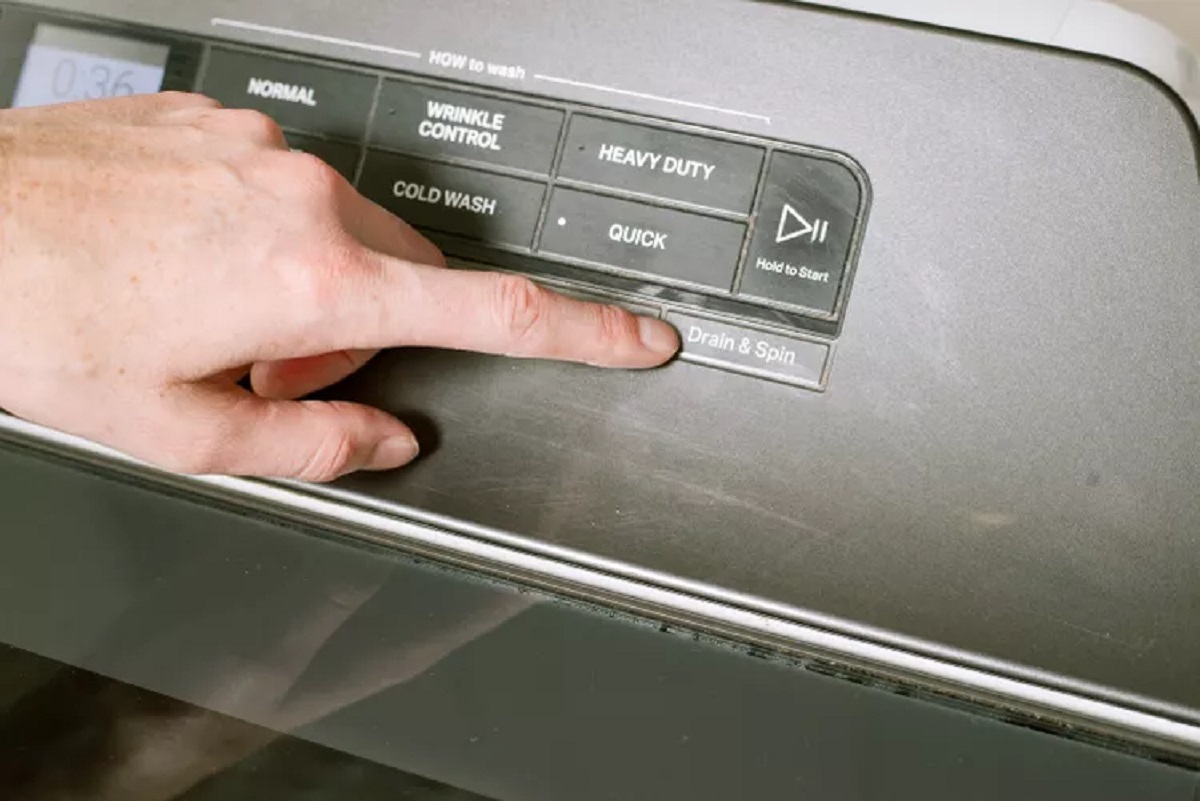

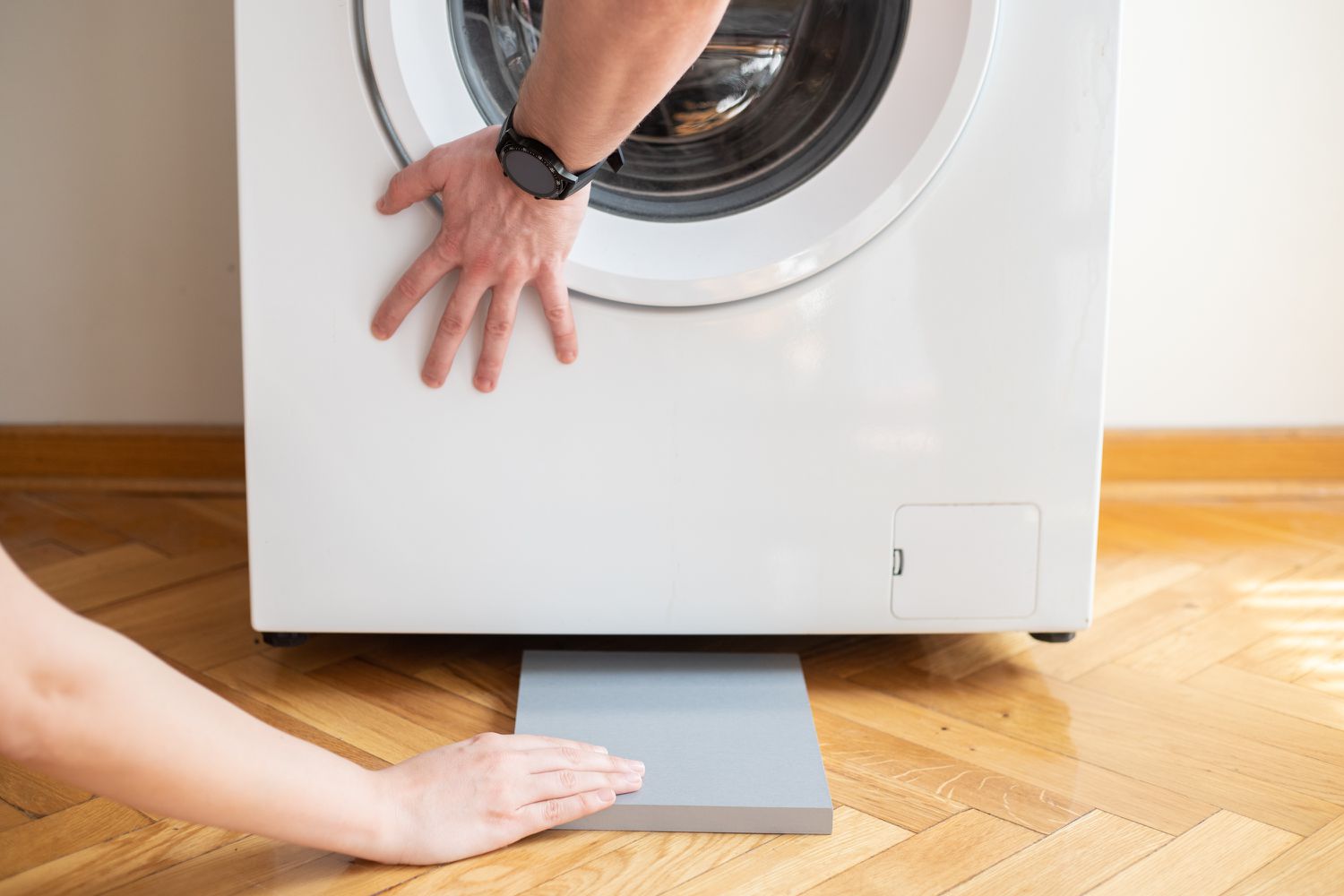

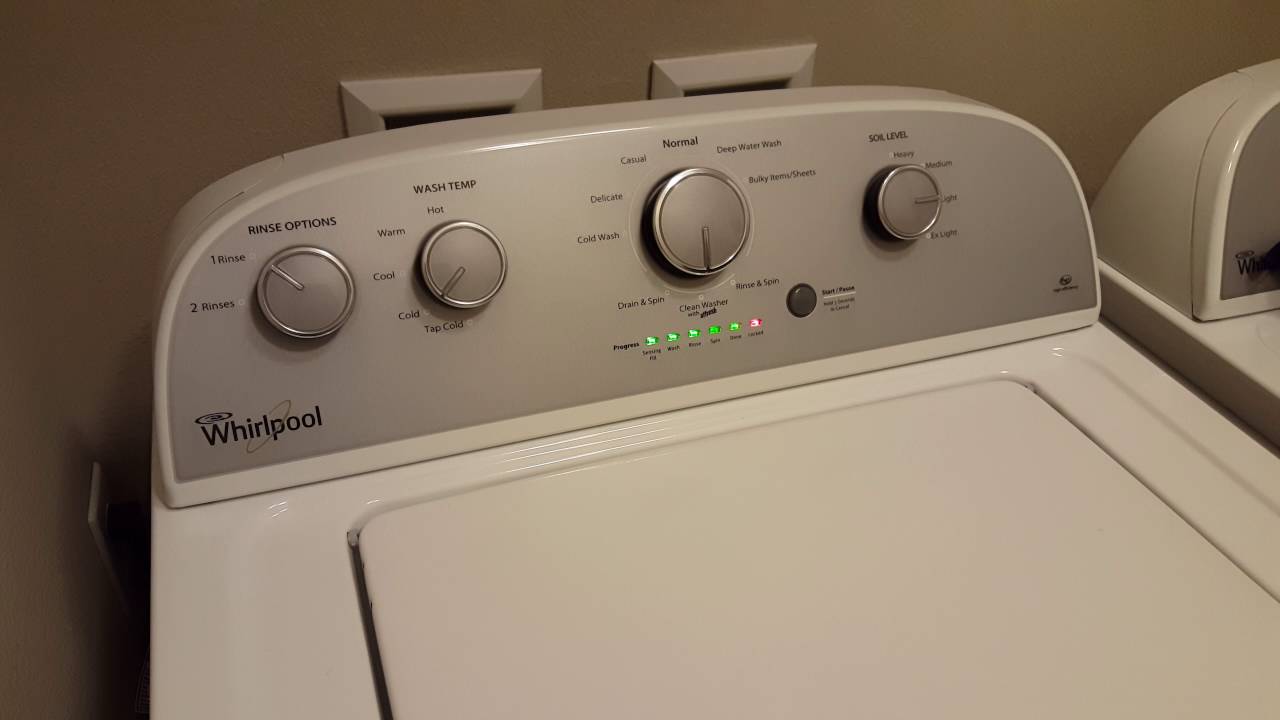
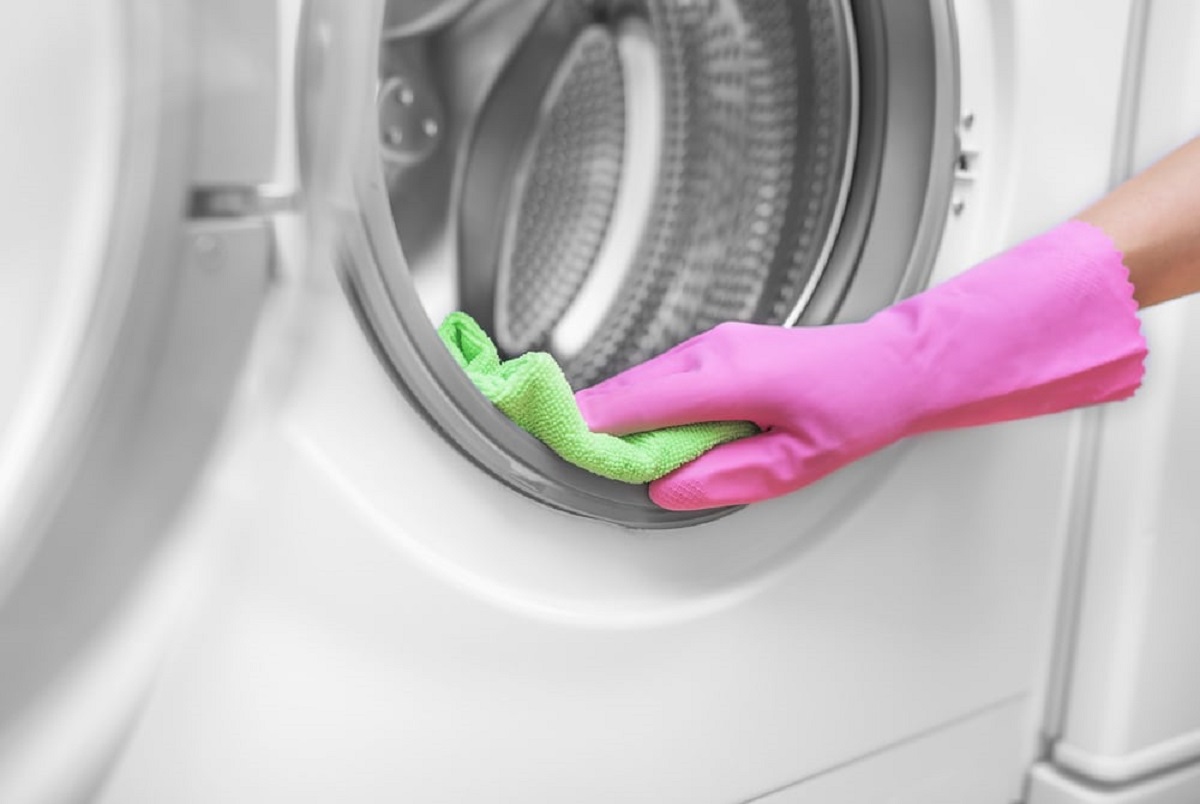
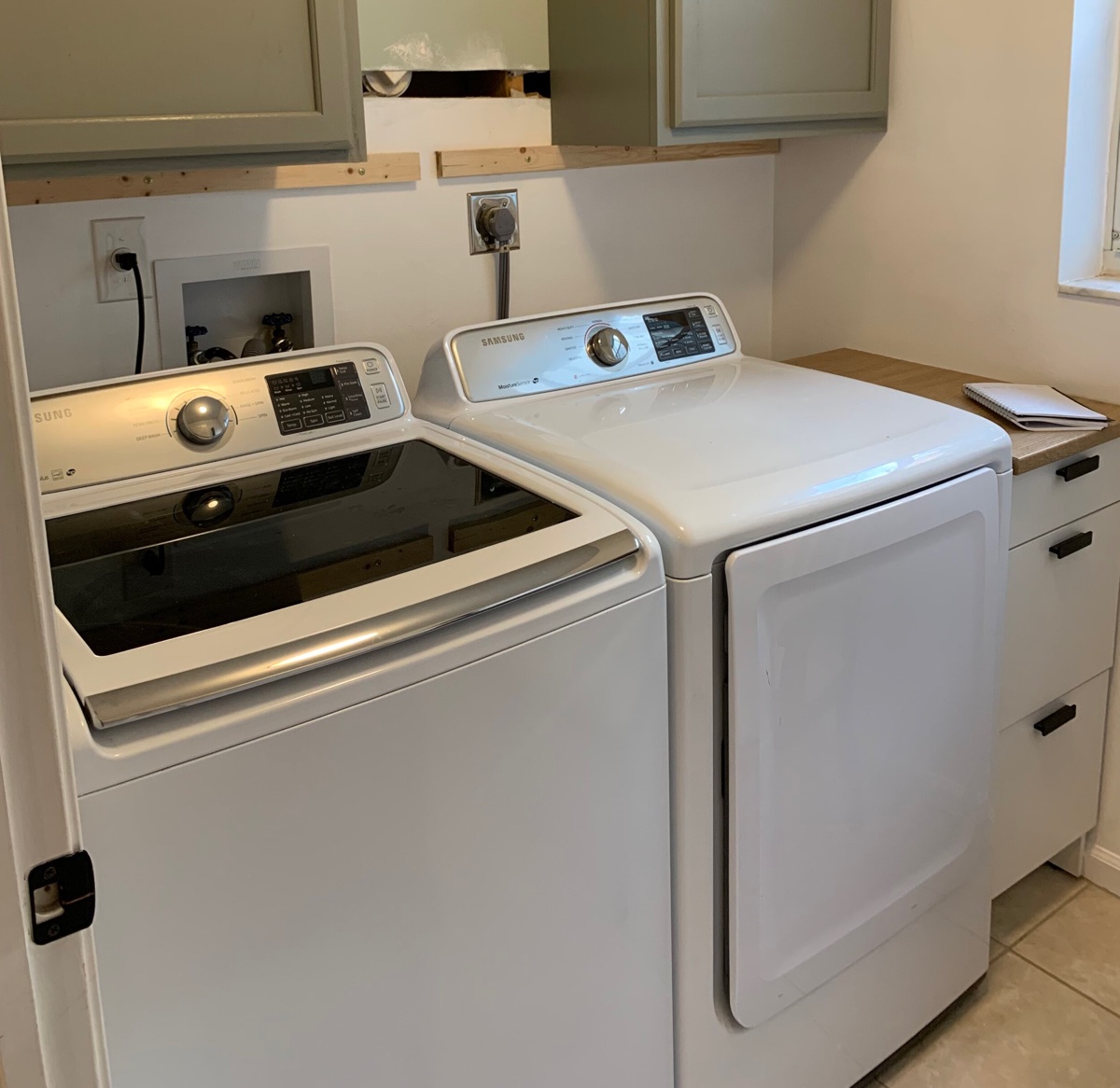
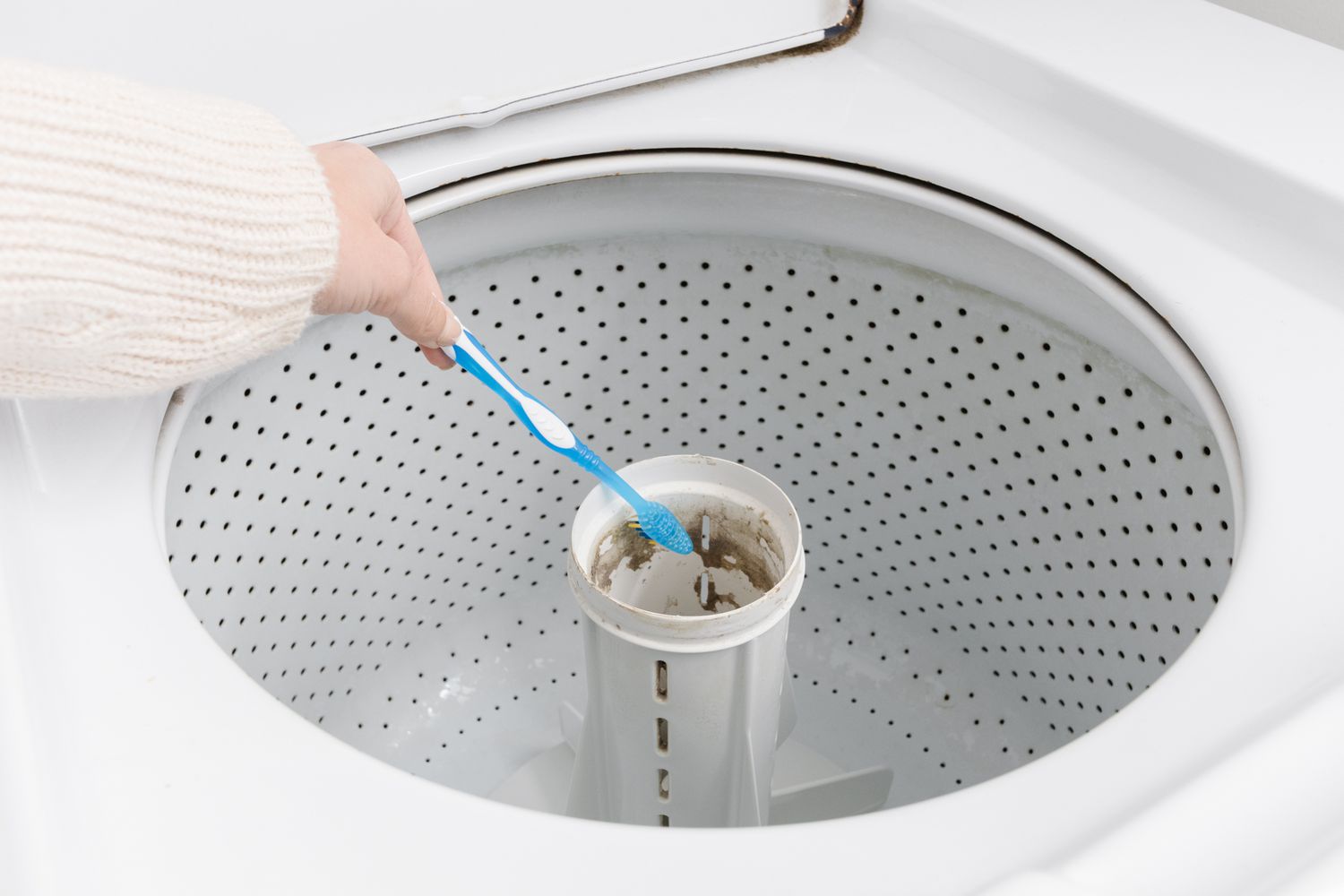
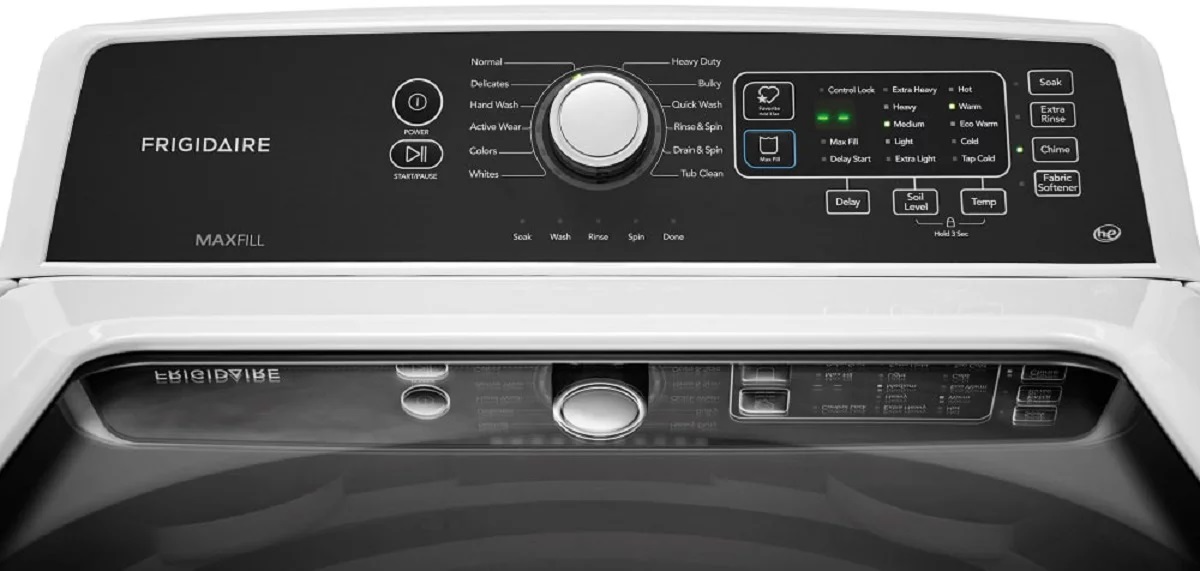

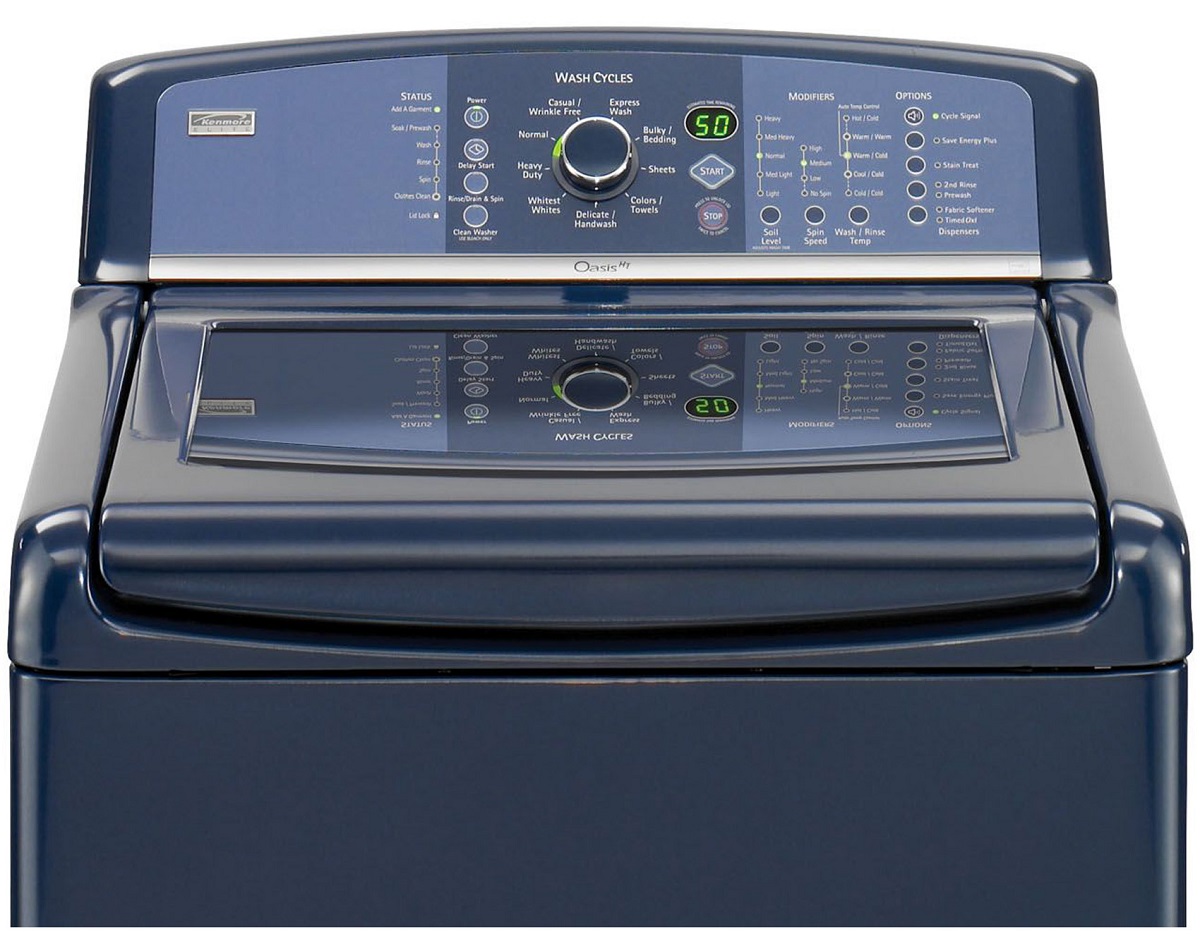

0 thoughts on “How To Wash Rugs In Washer”